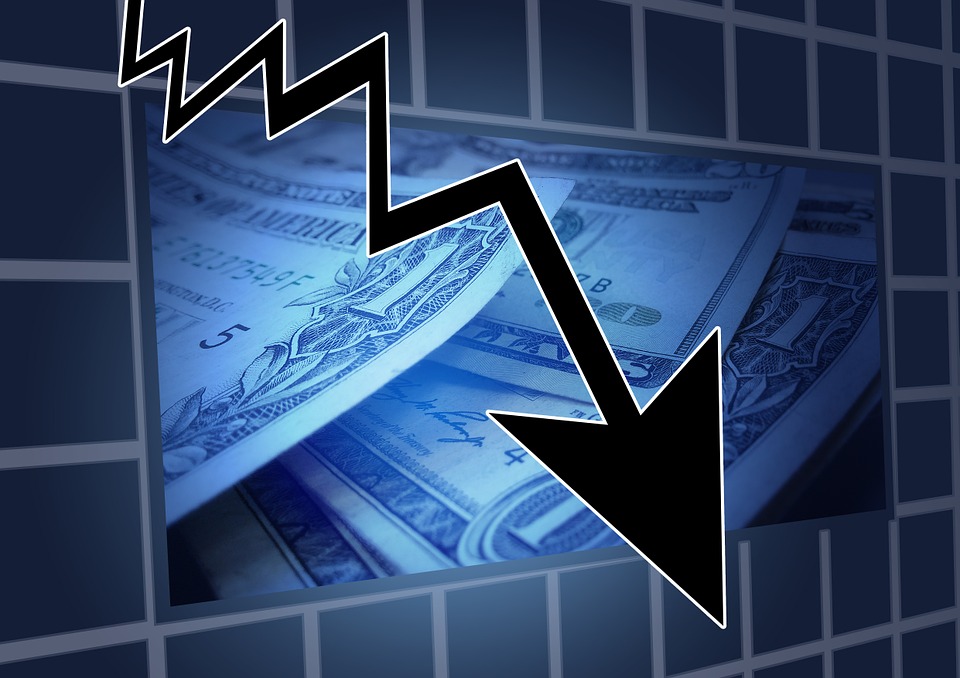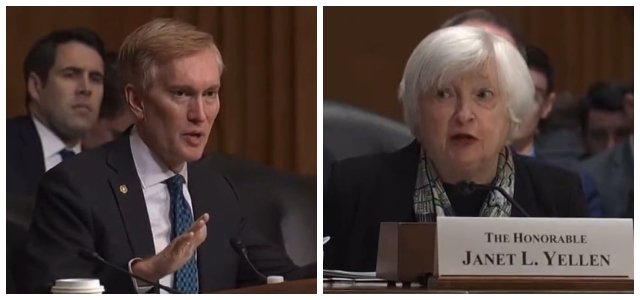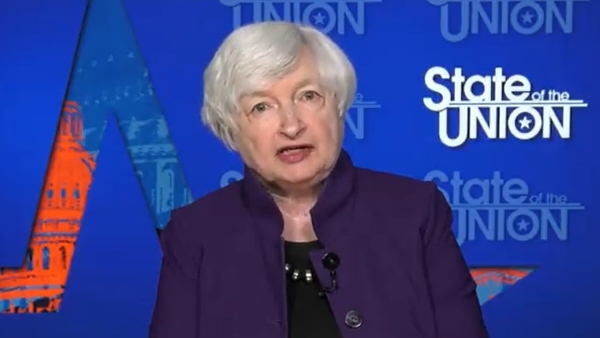Existing home prices in the US fall for the first time in 11 years
03/22/2023 / By Arsenio Toledo

Year-over-year home prices in the United States have dropped for the first time in 11 years, leading to a reversal in the yearlong streak of declining monthly home sales.
The national median price for an existing home fell by 0.2 percent in February year-over-year to $363,000. This marks the first year-over-year decline in housing prices since February 2012. (Related: HOUSING COLLAPSE: Existing home sales drop for 12th straight month.)
Cooling home prices have been attributed to higher mortgage rates, which topped out at around seven percent in November 2022, but slowly started falling to six percent in early February before once again fluctuating in recent weeks due to the turmoils in the market. It currently stands at 6.67 percent.
The declining home prices are also considered to be a result of the housing market slowdown pushed by the Federal Reserve this past year due to its extremely aggressive interest rate increases. Housing is considered to be one of the most sensitive sectors of the American economy to interest rate increases. The Fed has used its rate hikes to specifically target high housing costs due to it being a significant contributor to inflation.
The housing market slowdown has been most pronounced in the West, especially in exceptionally expensive places like San Francisco and Seattle and in places where home prices skyrocketed during the Wuhan coronavirus (COVID-19) pandemic like Boise, Idaho.
Many home buyers taking advantage of declining home prices
An analysis of 400 of America’s largest housing markets found that 133 of them are reporting declining home prices.
The decline in national average home prices and the slowly declining mortgage rates are enticing more buyers to return to the housing market.
“Conscious of changing of mortgage rates, home buyers are taking advantage of any rate declines,” said Lawrence Yun, chief economist for the National Association of Realtors. “Moreover, we’re seeing stronger sales gains in areas where home prices are decreasing and the local economies are adding jobs.”
Month-over-month sales of existing homes have risen the most in the West and in the South, by 19.4 percent and 15.9 percent, respectively, thanks to the drop in median prices.
“I found the slowdown in the market to be good because at least we had time to make a decision,” noted Bill Schumann. He and his wife and their newborn child have moved into a three-bedroom in Los Angeles, purchasing it for four percent below the most recent listing price with an adjustable-rate mortgage that carries a lower interest rate during the first 10 years of the loan. “We just wanted the playing field to be a little more level.”
Despite the small increase in new home sales, the housing market is still much less competitive as people remain wary of making their purchase now, either due to fears of another spike in prices or due to the belief that prices could drop further in the coming months.
Real estate brokerage firm Redfin said about 45 percent of offers written by its agent faced competing bids in February, down from about 66 percent of offers during the same month last year.
Learn more about the deteriorating housing market at HousingBomb.com.
Watch this video of financial expert Gregory Mannarino discussing how the housing bubble is bursting.
This video is from the High Hopes channel on Brighteon.com.
More related stories:
Biden’s economy has produced the worst home market since World War II as values continue to decline.
Housing recession has arrived: 270,000 mortgages obtained in 2022 already underwater.
30-year fixed mortgage rate surges above 7% as the Fed continues to raise interest rates.
Sources include:
Submit a correction >>
Tagged Under:
Bubble, Collapse, economic collapse, economics, economy, home sales, housing, housing bomb, housing crash, Housing Market, Inflation, interest rates, market collapse, market crash, mortgages, risk
This article may contain statements that reflect the opinion of the author
RECENT NEWS & ARTICLES
COPYRIGHT © 2017 RISK NEWS


















